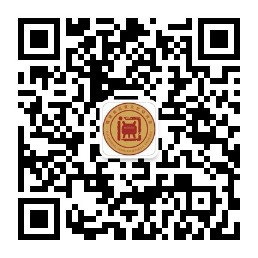·非遗百问·
75.歌仔戏(芗剧)的历史渊源及艺术特征是什么?
答:歌仔戏(芗剧)形成于 20世纪初,为海峡两岸共生剧种,发源于福建漳州,形成于台湾宜兰,发展成熟于闽台两地,广泛流行于闽南语地区,远播东南亚华侨华人聚居地区。
歌仔戏(芗剧)初以一男一女对唱为主,后发展为有生、旦、丑三行并兼备科、曲、白的成熟戏剧。其生行有小生、老生、文生、武生,旦行有苦旦、正旦,丑行有三花、老婆等脚色。众脚色皆用真嗓演唱,其中以苦旦最具特色。歌仔戏(芗剧)曲多白少, 格律自由,在 100多种传统曲调中,主要有“七字调”“杂碎调”“哭调”“杂念调”等,其中忧郁哀伤的哭调最有特色。歌仔戏(芗剧)的主要伴奏乐器有椰胡、大广弦、京胡、唢呐、单皮鼓、锣、铙钹等。歌仔戏(芗剧)产生后,海峡两岸戏班及艺人演出交流不断,作为两岸人民共同创造、共同拥有的宝贵艺术形式,歌仔戏(芗剧)已经成为维系两岸人民精神文化的重要纽带。
截至目前,歌仔戏(芗剧)的国家级传承人有:纪招治、陈志明、郑秀琴(已故)、吴兹明。
Q75. What is the historical origin of Gezaixi (Xiangju) and its artistic characteristics?
Answer: Gezaixi (Xiangju) came into being in early 20th Century. It originates in Zhangzhou of Fujian, takes form in Yilan of Taiwan, matures in Fujian and Taiwan, spreads in Minnan dialect speaking areas, and prevails in Southeast Asia where Chinese live together.
At the beginning, Gezaixi (Xiangju) was antiphonal singing by a man and a woman, and later it developed into a mature opera with three roles, namely Sheng, Dan and Chou, and performance of action, melody and narration. The three roles in Gezaixi have their subcategories of roles respectively. Gezaixi has more melody than narration in performance, and the rhyme is free of restrictions. Among the 100 traditional tunes of Gezaixi, the gloomy tune with crying is the most distinct one. After the formation of Gezaixi, communications and exchanges among the opera troupes and performers from Fujian and Taiwan are quite frequent, and Gezaixi has become an important spiritual tie connecting the spiritual culture of the people in both areas.
As of today, the national inheritors of Gezaixi include Ji Zhaozhi, Chen Zhiming, Zheng Xiuqin (deceased), and Wu Ziming.

哥仔戏(厦门市)
(图片来源于福建省艺术馆——省非遗中心官网)


